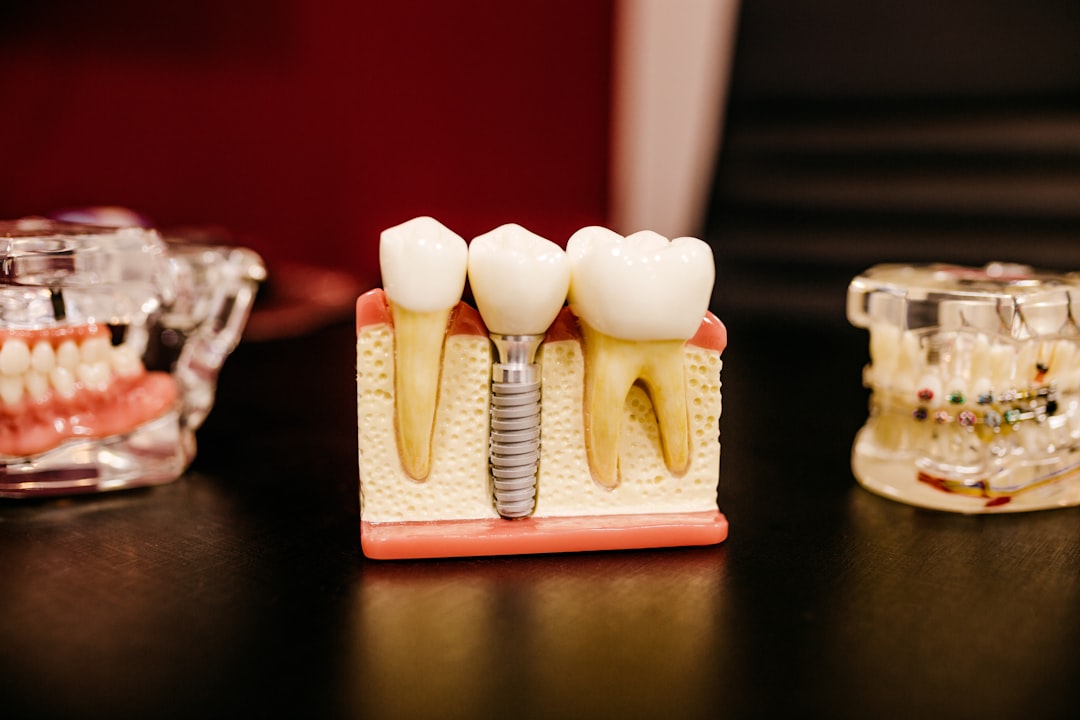What is it about?
proximal attrition facets are usually located on the upper half of the crown proximal aspect; in each tooth, the mesial facet is more lingually positioned and the distal facet is more buccally positioned; the majority of the facets are subrectangular in shape; the size of the facets tends to increase in an anteroposterior direction (from premolars to molars); and facet size and location are age- and sexdependent and ethnicity-independent.
Featured Image
Why is it important?
interproximal attrition is a dynamic, long-term process and needs to be considered in many clinical scenarios.
Read the Original
This page is a summary of: Proximal attrition facets: morphometric, demographic, and aging characteristics, European Journal Of Oral Sciences, June 2014, Wiley,
DOI: 10.1111/eos.12135.
You can read the full text:
Contributors
The following have contributed to this page










